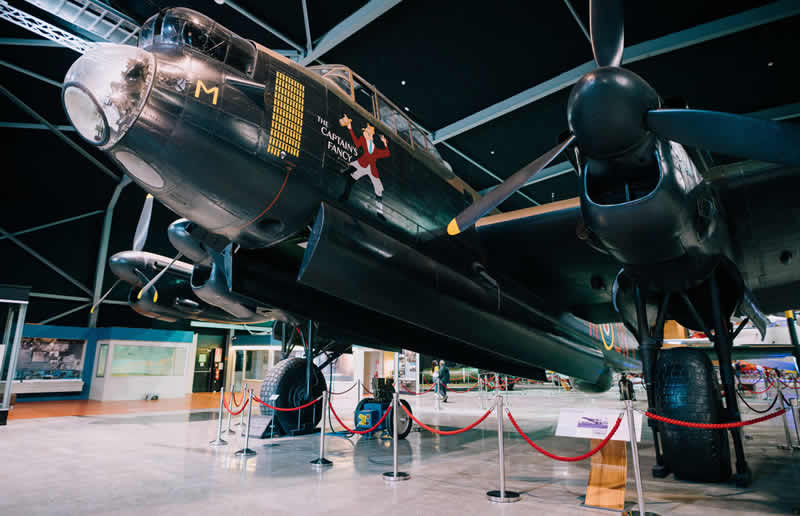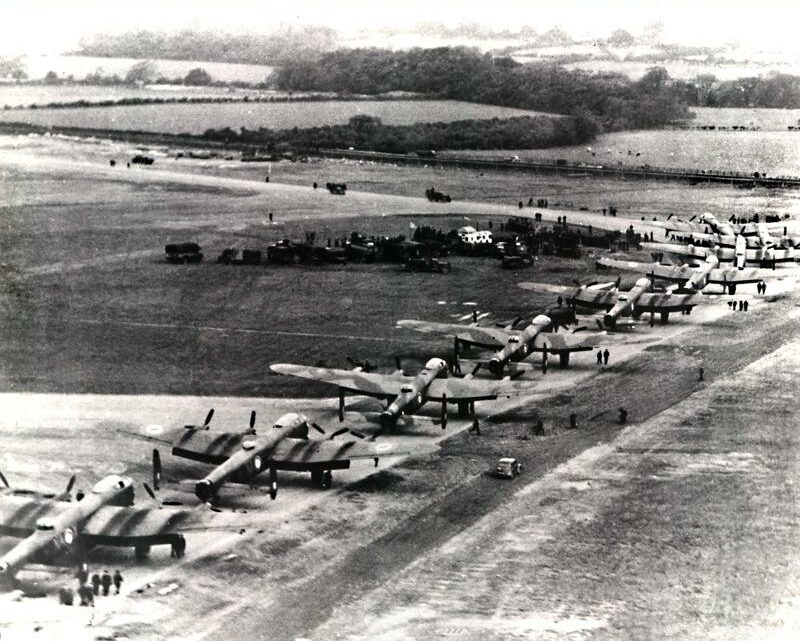MOTAT Lancaster
MOTAT Lancaster
About Us
Avro Lancaster NX665
More than seven thousand Lancasters were built. Of these just seventeen remain in complete form. For that reason alone, we are extremely fortunate to have one displayed in perpetuity here in New Zealand. Many of our readers will be familiar with NX665 at the Museum of Transport and Technology (MOTAT), but you may not know the history behind this wonderful aircraft.

Avro Lancaster NX665 , currently on display at MOTAT.
NX665 was one of 230 Lancaster B Mk VIIs built by Austin Motors. The Mk VII was intended for use in the Far East but was no longer needed soon after its completion on 30 June 1945, because of the atomic weapons used to end the war with Japan.
It was then stored until 1951, before being passed to Aéronavale, the French maritime air arm. Here it had an active role patrolling the North Atlantic hunting Russian submarines. Under the Western Union Alliance, forerunner of NATO, it was serialed WU-13. The mid-upper Martin 0.5” turret had been removed, and the bomb bay modified to accept an airborne lifeboat in lieu of munitions. When replaced by more modern anti-submarine aircraft, it underwent a major overhaul including acquiring the rear fuselage of NX666 and then moved South and East, initially serving in Morocco before arriving in New Caledonia in 1961. Together with three companion Lancasters, it formed Escadrille 9S, and undertook general patrol and medical evacuation duties around French Pacific territories, visiting New Zealand at times.

A group of nine Avro Lancaster bombers taxiing down a runway. Circa 1940.
(Credit: Walsh Memorial Library)
In 1964 the surviving three were gifted to museums – one each to the UK, Australia, and New Zealand. NX665 had flown 2348 hours over 20 years and with its companions is the longest-serving operational Lancaster. Wartime bombers often lasted only a few hours and a couple of missions before destruction.
The French flew NX665 to RNZAF Whenuapai, where it was gifted to the people of New Zealand by the French Chargé d’Affairs. On 24 May 1964, with outboard wing panels removed, it was moved by road (no motorways then!) to MOTAT 1.
Re-assembled, NX665 had its four Merlins run at times until 1975. In 1978 it was moved to MOTAT 2. From near dereliction, NX665 was restored by members of the NZBCA and other MOTAT Volunteers, incorporating a Fraser Nash turret, sourced in Canada, in mid-upper position. This was done to the manufacturer’s drawings and ‘signed off’ as airworthy. This changed the aircraft outline to the same as the Mark I and Mark III, the pre-dominant versions.
Today the Lancaster is a fitting memorial to the memory of those who served in Royal Air Force Bomber Command.